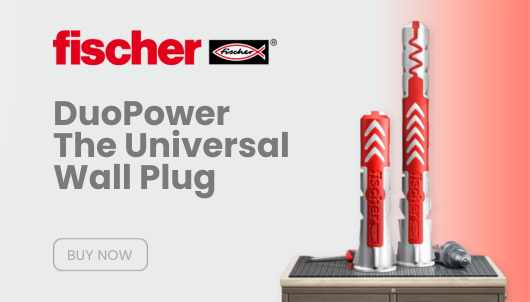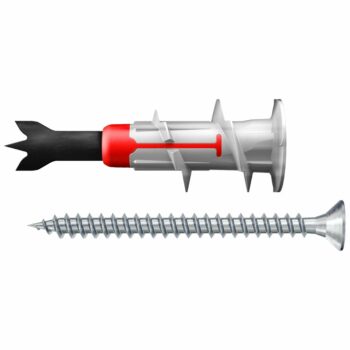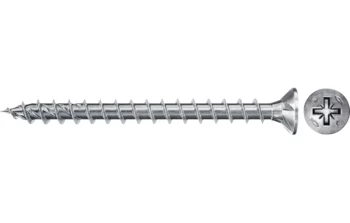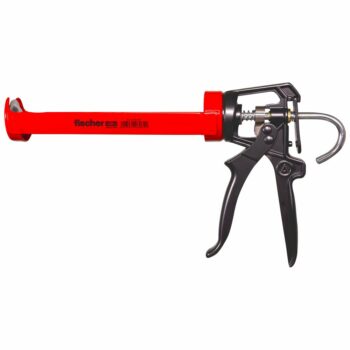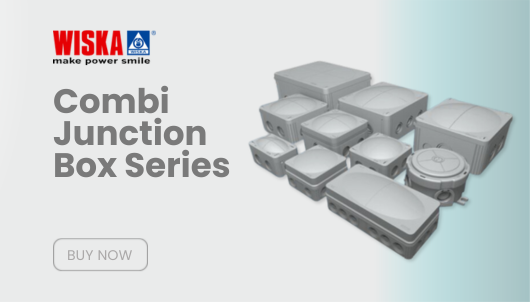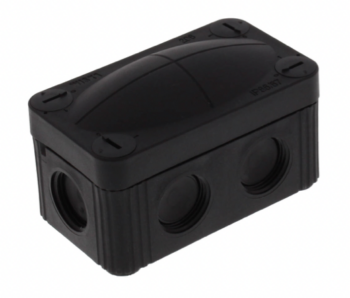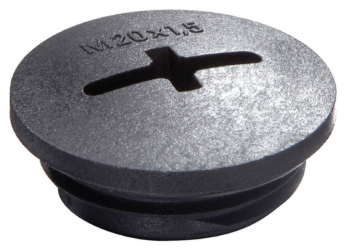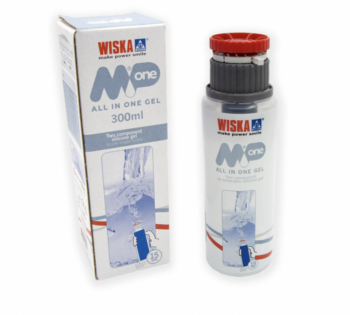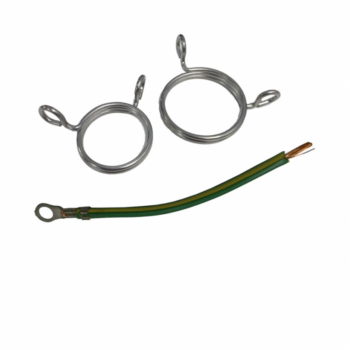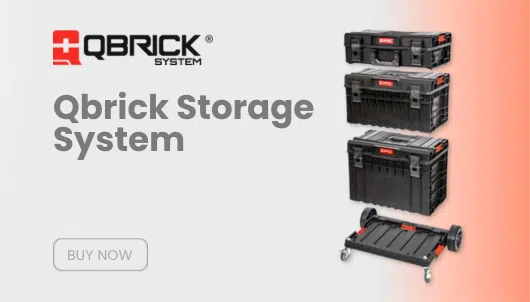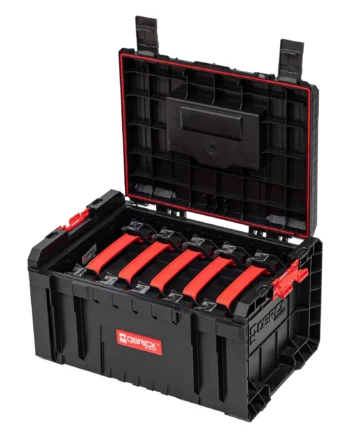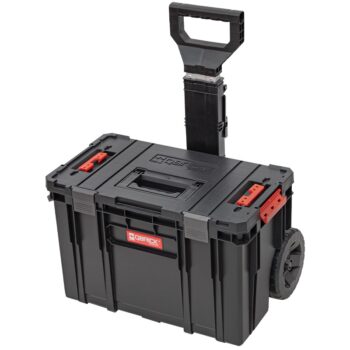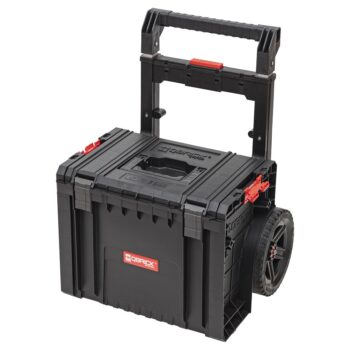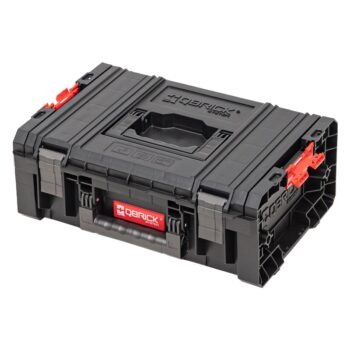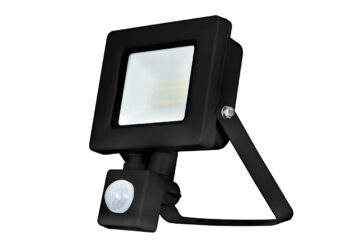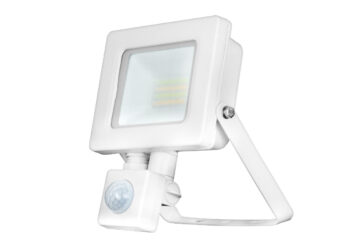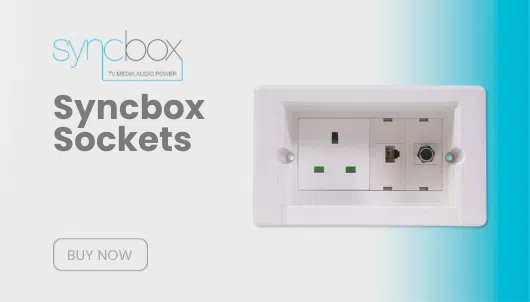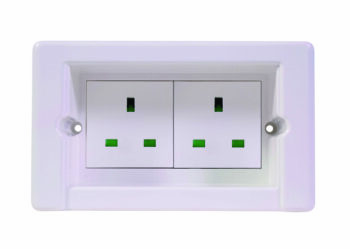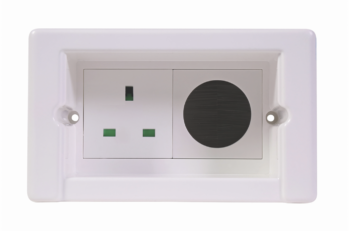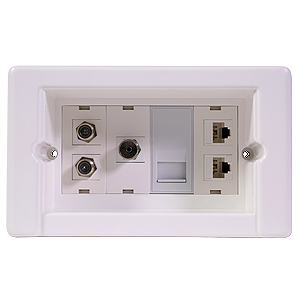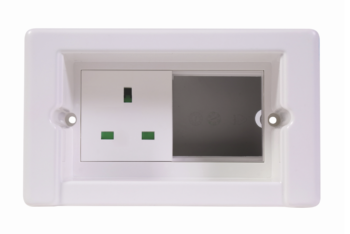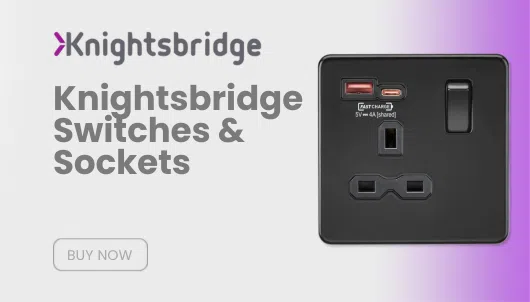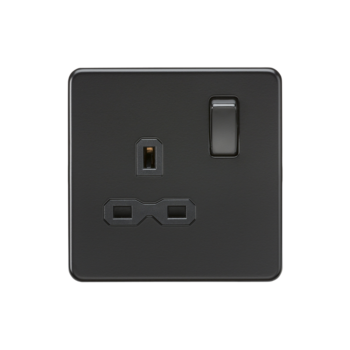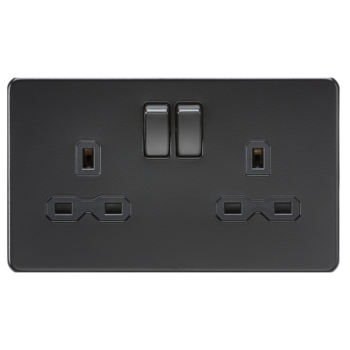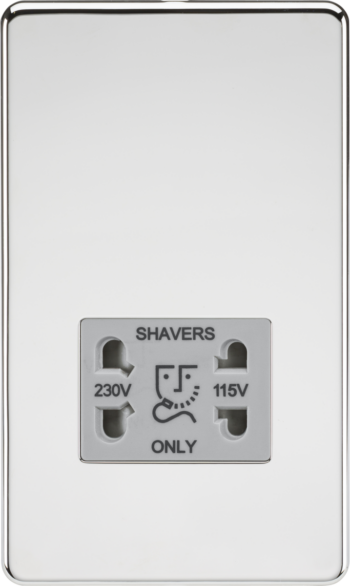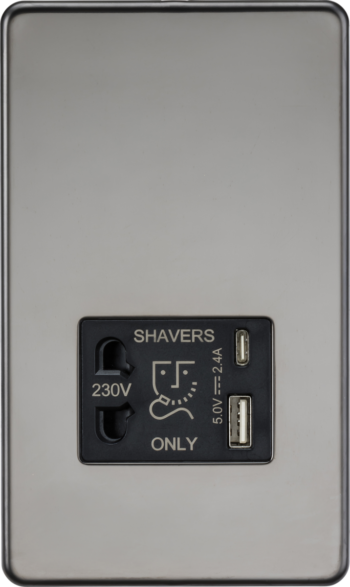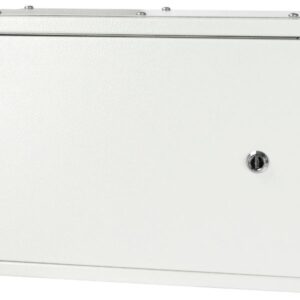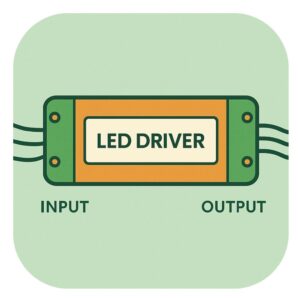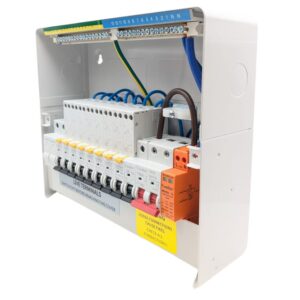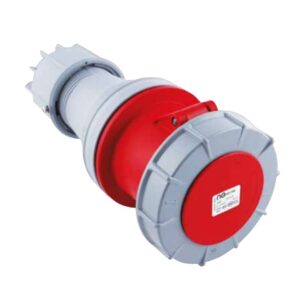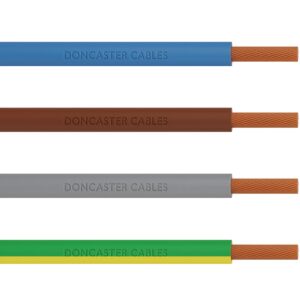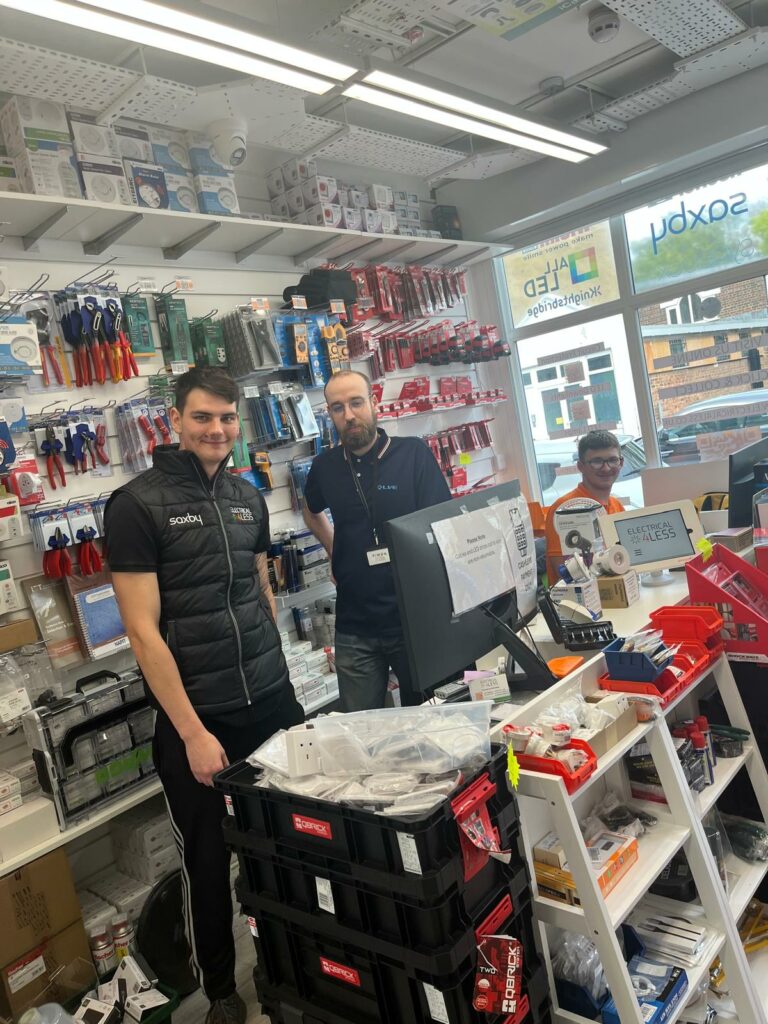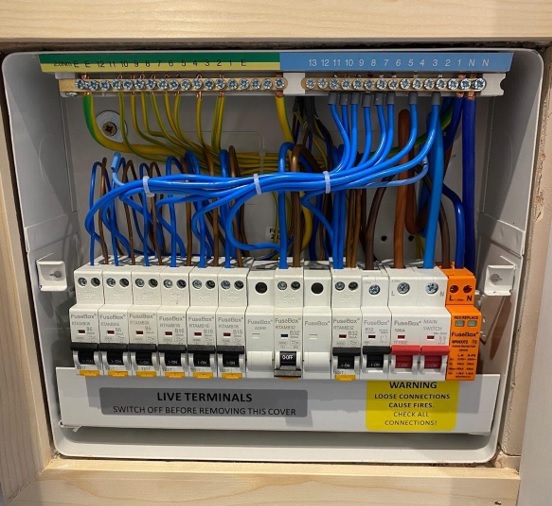
The Ultimate Guide to Choosing the Right Protection for Your Home
When it comes to safeguarding your home’s electrical system, buying a consumer unit is one of the most critical decisions you’ll make. The consumer unit, commonly referred to as the fuse box or distribution board, plays a key role in maintaining the electrical safety of your property. If you’re upgrading your electrical system or building a new home, selecting the right consumer unit ensures that your circuits remain protected from overloading, short circuits, and potential fire hazards.
While most people might be familiar with the basic functionality of a consumer unit, the ever-evolving landscape of electrical technology—like RCBO consumer units, SPD (Surge Protection Devices), and even EV charger consumer units—means that there’s much more to consider. We will explore everything from the different types of consumer units to new innovations in this comprehensive guide, ensuring you make an informed, future-proof decision.
What is a Consumer Unit?
A consumer unit is essentially the electrical distribution board for your home. It’s where the electricity from the mains is divided up to different circuits—each circuit serving a different area or set of appliances in your home. But it’s not just about distributing electricity; the consumer unit provides protection in case of electrical faults, such as short circuits, overloads, or earth faults.
If a fault occurs, the circuit breakers or RCDs (Residual Current Devices) within the consumer unit trip, cutting off the power to that circuit and preventing damage to your home or your appliances. A properly functioning consumer unit can mean the difference between a small inconvenience and a major fire hazard.
The importance of selecting the right consumer unit can’t be overstated, especially when upgrading older electrical systems or planning for future technology requirements. With modern homes increasingly incorporating renewable energy systems, electric vehicle (EV) chargers, and smart home devices, the demand for specialized and more advanced consumer units has grown.
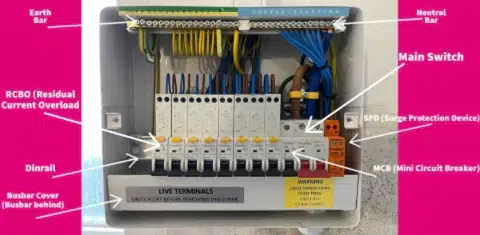
Why You Need to Buy the Right Consumer Unit
At first glance, all consumer units might seem similar: they protect your electrical circuits, shut down if a fault occurs, and can be reset when the issue is resolved. But not all consumer units are created equal. Picking the wrong type can lead to nuisance tripping, inefficient energy use, or even non-compliance with safety regulations. Let’s look at the main reasons why choosing the right consumer unit matters.
1. Safety
The primary role of a consumer unit is to keep your home safe from electrical hazards. A poorly chosen or outdated consumer unit may not provide adequate protection against electric shocks, electrical fires, or other risks. Upgrading to modern units, like RCBO consumer units, ensures more granular circuit protection, minimizing the risk of widespread outages or serious incidents.
2. Compliance with Electrical Regulations
In the UK, all consumer units installed since 2016 must comply with BS 7671 regulations, which require the unit to be made of non-combustible material. With frequent updates to the regulations, including the increasing use of AFDDs (Arc Fault Detection Devices), it’s essential to choose a consumer unit that not only meets today’s standards but is also likely to comply with future regulatory changes.
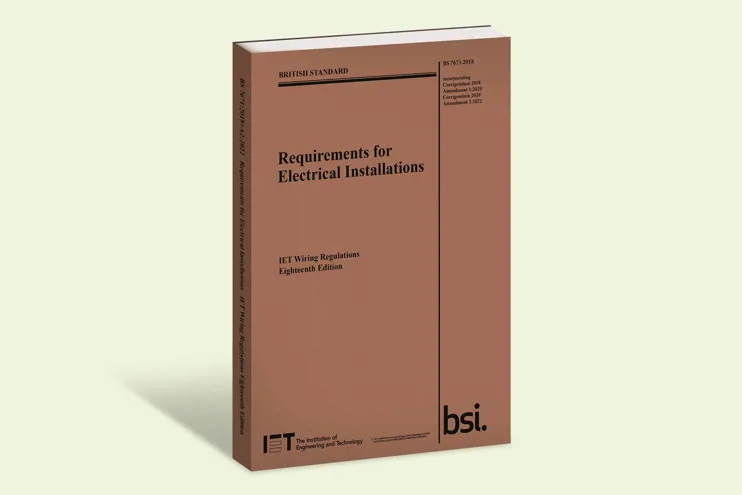
3. Nuisance Tripping Reduction
Have you ever been in the middle of watching your favorite TV show, only to have all the power suddenly go off because of a small fault? This is called nuisance tripping, and it’s one of the most frustrating aspects of any electrical system. Traditional consumer units, which use RCDs to protect groups of circuits, can trip if there’s a minor fault on one circuit, leaving the entire system offline.
More modern systems, such as RCBO consumer units, isolate each circuit. So, if there’s a problem with your kitchen appliances, for example, your lights won’t be affected. Reducing nuisance tripping means less downtime, fewer frustrations, and better overall system reliability.
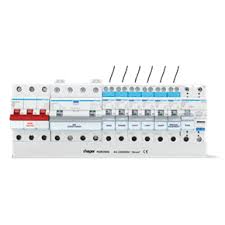
4. Future-Proofing for New Technologies
As technology advances, so do the demands on your home’s electrical system. If you’re considering installing an EV charger, integrating solar panels, or adding more smart home devices, your consumer unit needs to be able to handle the increased load. Opting for a future-proof solution, such as a dual tariff consumer unit or one designed specifically for EV charging, will save you money and effort down the road.
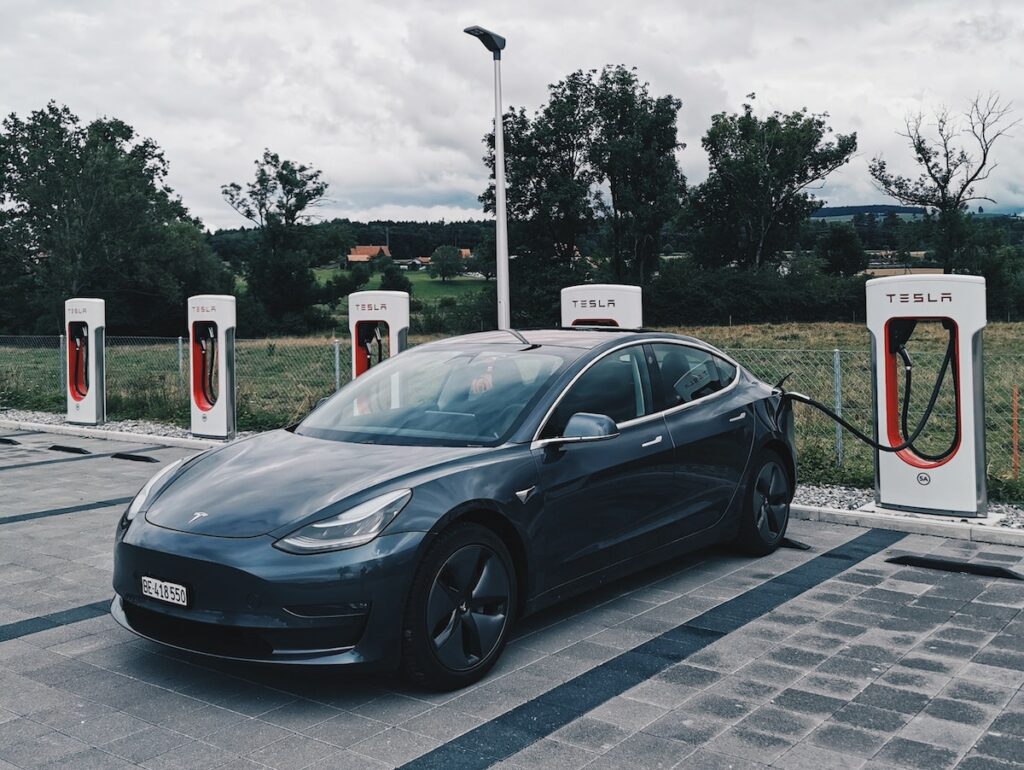
Types of Consumer Units: What’s Available?
There’s a wide range of consumer units on the market, each offering different features, protection levels, and capacities. Let’s break down the most common types of consumer units, their features, and who they are best suited for.
1. Dual RCD Consumer Unit
A dual RCD consumer unit is one of the most common choices in modern homes. As the name suggests, it comes equipped with two RCDs (Residual Current Devices), dividing the circuits into two groups. If a fault occurs in one group, only that section of the house loses power, leaving the other group unaffected. This setup is popular because it provides a good balance of protection and cost-effectiveness.
However, because multiple circuits are grouped under one RCD, there is still the risk of nuisance tripping—if one circuit trips, the whole group is shut off. Dual RCD units work well for most homes but might not be ideal for high-demand areas or future-proofing.
Ideal For:
- Small to medium-sized homes.
- Homeowners looking for an affordable and compliant solution.
Brands to Consider: Hager, FuseBox, and Live Electrical offer high-quality dual RCD consumer units.
2. RCBO Consumer Unit
An RCBO consumer unit provides enhanced protection by incorporating RCBOs (Residual Current Breaker with Overload protection) on individual circuits. This means that each circuit is isolated, so if one trips, only that specific circuit is affected, and the rest of the house remains powered.
RCBO consumer units offer maximum protection against both electrical faults and nuisance tripping. Because each circuit is isolated, the chance of multiple circuits being knocked offline due to a minor fault is drastically reduced.
Ideal For:
- Larger homes with multiple high-demand circuits.
- Homeowners who want advanced protection and flexibility.
Brands to Consider: Look for RCBO consumer units from Hager and FuseBox and Live Electrical
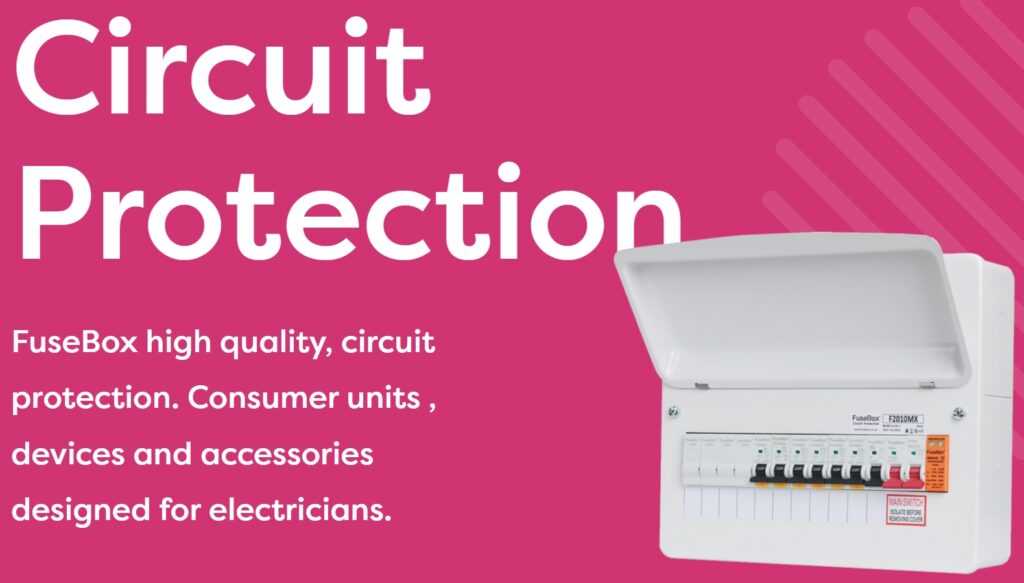
Important Features to Consider When Buying a Consumer Unit
Beyond choosing between dual RCD and RCBO consumer units, there are other important features to consider when selecting the best consumer unit for your home. These features can make a significant difference in both day-to-day operation and long-term performance.
1. Surge Protection Devices (SPD)
As homes become increasingly reliant on electronics, the risk of voltage spikes damaging sensitive devices grows. Voltage surges can come from a variety of sources, including lightning strikes or grid fluctuations, and can seriously harm appliances, computers, and even your home’s wiring.
A Surge Protection Device (SPD) installed within your consumer unit helps mitigate these risks by diverting excess voltage away from your circuits. Many new consumer units either come equipped with SPDs or offer easy installation options.
When You Need It:
- Homes with expensive or sensitive electronics.
- Areas prone to lightning or power fluctuations.
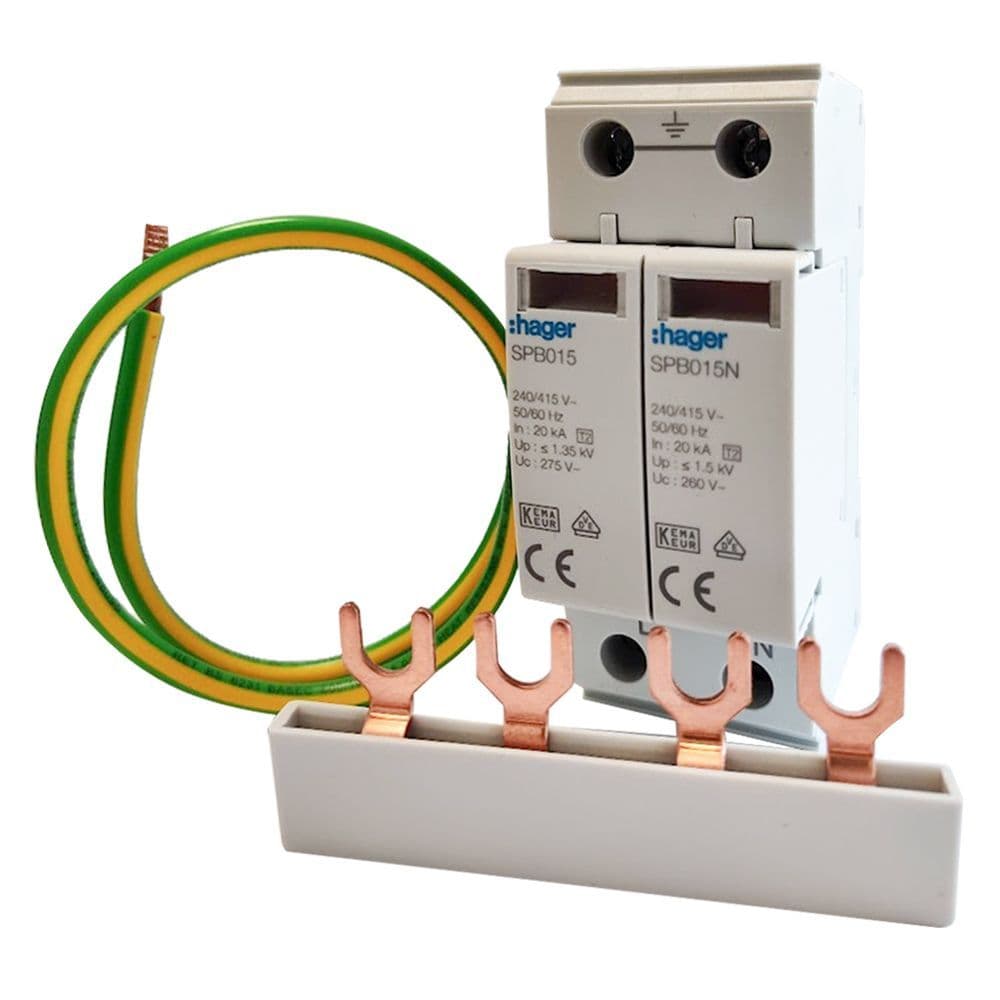
2. Arc Fault Detection Devices (AFDD)
Electrical arcing—where electricity jumps between broken or corroded wires—is one of the leading causes of electrical fires. AFDDs (Arc Fault Detection Devices) are designed to detect these small arcs before they turn into major hazards, automatically shutting down the affected circuit.
AFDDs are still relatively new but are quickly gaining popularity, and future regulations may require their inclusion in all new installations. Including an AFDD in your consumer unit can significantly increase the overall safety of your home.
When You Need It:
- Homes with older wiring or areas prone to electrical arcing.
- Anyone looking to future-proof their installation.
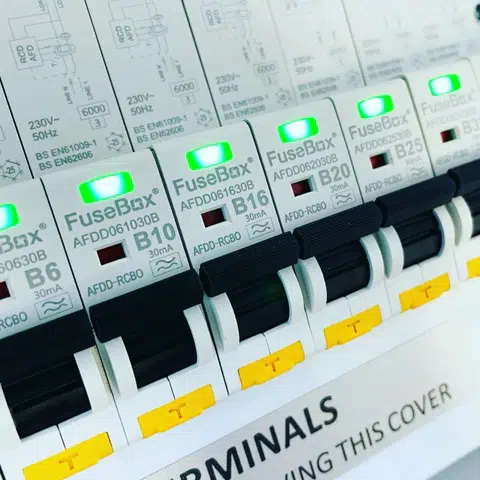
Specialized Consumer Units for Unique Needs
Not all homes have the same electrical demands. As energy technology evolves, more and more homeowners require consumer units that cater to specific systems and setups. Let’s take a look at some of the specialized consumer units on the market.
1. EV Charger Consumer Unit
With electric vehicles (EVs) rapidly becoming more common, the demand for EV charger consumer units has increased. These units are designed to handle the high loads associated with charging EVs while protecting the rest of your home from overloading.
When installing an EV charger, it’s essential to ensure that the consumer unit has the capacity and features needed to manage the extra demand safely. Opting for an EV charger consumer unit ensures that the system is designed specifically for this purpose, making it safer and more efficient.
When You Need It:
- Homeowners with electric vehicles or planning to install an EV charger.
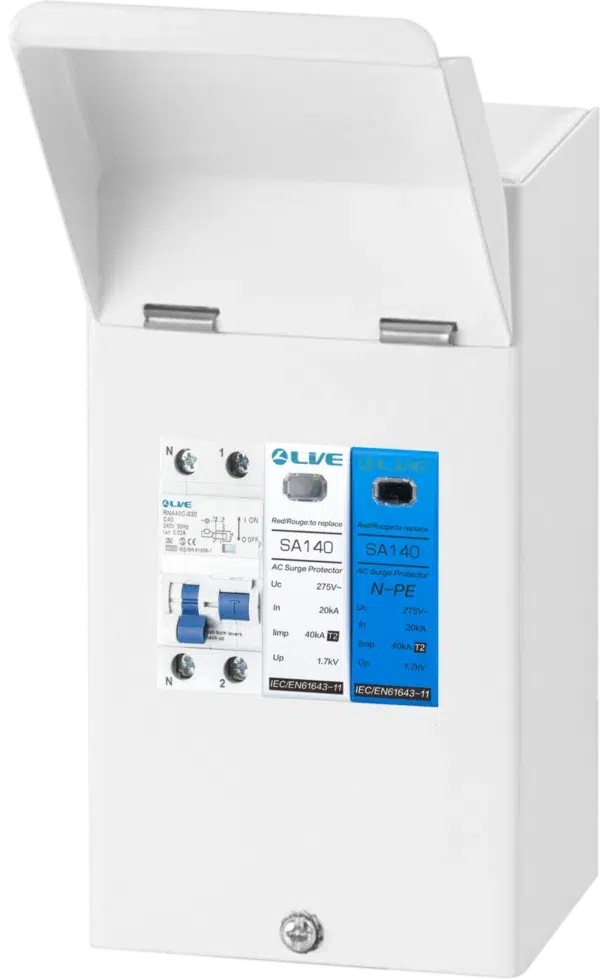
2. Dual Tariff Consumer Unit
If your home operates on a dual tariff electricity plan (such as Economy 7), you’ll need a dual tariff consumer unit. These units separate circuits that operate under different tariffs, allowing you to optimize energy consumption during off-peak hours. This is especially useful for high-demand appliances like water heaters or EV chargers.
When You Need It:
- Homes with dual tariff electricity systems.
- Homeowners looking to reduce energy costs.
3. Garage Consumer Unit
A garage consumer unit is a smaller distribution board designed to supply power to outbuildings like garages, workshops, or sheds. These units are typically smaller than the main consumer unit and offer protection for a limited number of circuits.
When You Need It:
- Homes with detached garages, sheds, or workshops that require their own power supply.
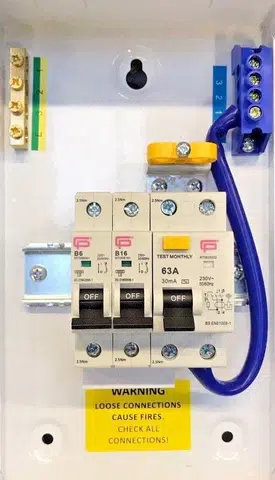
Future-Proofing: Thinking Beyond Today
As technology continues to evolve, so do the demands placed on our electrical systems. When buying a consumer unit, it’s not just about meeting today’s requirements, but also preparing for the future. So, what should you look out for when future-proofing your consumer unit?
1. More Circuit Capacity
Even if your current setup only requires a few circuits, it’s wise to plan for future additions. New home extensions, solar panels, EV chargers, or smart home installations may require extra capacity. Opting for a consumer unit with additional slots ensures you won’t need to replace the entire unit if you expand your system.
2. Advanced Protection Features
As mentioned earlier, SPDs and AFDDs are becoming standard in many modern homes. Including these features now not only protects your home from current threats but also ensures that your consumer unit is compliant with future regulations.
3. Integration with Smart Home Technology
In the not-too-distant future, consumer units could become fully integrated with smart home systems, allowing you to monitor energy usage, control circuits remotely, and receive alerts when faults occur. Some systems already offer these capabilities, and we can only expect this trend to grow.
A Glimpse Into the Future: What Will Consumer Units Look Like in 100 Years?
Imagine walking into your home, and instead of finding a traditional consumer unit with breakers and switches, you find a sleek, AI-driven electrical hub. In 100 years, consumer units may be so advanced that they predict electrical faults before they happen, monitor every circuit in real time, and seamlessly integrate with renewable energy sources like wind and solar.
Could we see wireless electricity, eliminating the need for physical wiring altogether? Perhaps consumer units will be able to draw energy from multiple sources—solar, geothermal, and even kinetic energy—managing them all in perfect harmony. With the rapid pace of technological innovation, the possibilities are endless.
Conclusion
When buying a consumer unit, you’re not just purchasing a piece of electrical equipment; you’re investing in the safety, efficiency, and future readiness of your home. From dual RCD to RCBO consumer units, understanding the different options available and selecting the one that best suits your needs can protect your home from electrical faults, reduce nuisance tripping, and even help you save on energy costs.
Whether you’re upgrading an old fuse box, planning for future energy demands like EV charging, or simply looking for the latest safety features like SPDs and AFDDs, this guide should equip you with all the knowledge needed to make the best decision. Remember, a well-chosen consumer unit today can save you time, money, and stress in the future.
Buying A Consumer Unit FAQ
A consumer unit is an electrical panel that distributes electricity throughout a home and provides protection against electrical faults.
A dual RCD consumer unit divides circuits into two groups, each protected by an RCD, while an RCBO consumer unit provides individual protection for each circuit.
An RCBO combines the functions of a circuit breaker and an RCD, protecting against both overloads and residual current faults.
Nuisance tripping refers to unnecessary disconnection of the electrical supply due to non-hazardous faults.
An SPD (Surge Protection Device) protects your home from voltage spikes caused by external sources like lightning.
Future-proofing ensures your consumer unit can handle new technologies like EV chargers, solar panels, and smart home systems.
An AFDD (Arc Fault Detection Device) detects electrical arcs, which can cause fires, and disconnects the circuit to prevent hazards.
Yes, but you may need to upgrade to an EV charger consumer unit designed for the higher power demands of electric vehicles.
A garage consumer unit is a small electrical panel designed to supply power to outbuildings like garages or sheds.
Upgrading to an RCBO consumer unit, installing SPDs, and ensuring proper circuit design can minimize nuisance tripping.
Trusted brands like FuseBox, Hager, and Live Electrical provide reliable and durable consumer units.
A dual tariff consumer unit allows you to separate circuits that run on different electricity tariffs, maximizing savings on off-peak rates.
An RCD (Residual Current Device) detects electrical faults like earth leakage and disconnects the circuit to prevent shock or fire.
Yes, it’s highly recommended to have a qualified electrician install your consumer unit to ensure safety and compliance with regulations.
Yes, upgrading to a modern consumer unit will offer better protection and comply with current electrical regulations.
Surge protection prevents damage to your electronics and appliances by managing voltage spikes.
It’s a good idea to have your consumer unit inspected by an electrician every 5-10 years or after major electrical work.
Yes, most consumer units have space for additional circuits, but you’ll need a professional to handle the installation.
Recent regulations require consumer units to be made of non-combustible materials and may soon mandate AFDDs in certain installations.
A well-maintained consumer unit can last 20-30 years, but it’s essential to keep up with safety inspections and upgrades.




